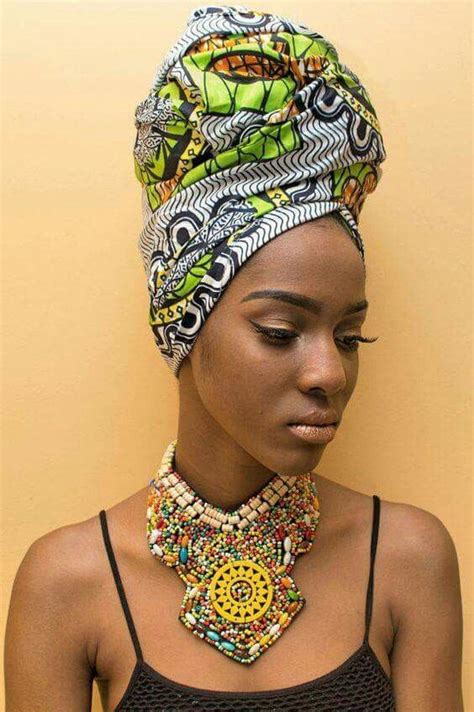Introduction
The African head wrap, also known as a gele, is an iconic symbol of African culture and identity. For over 4000 years, this versatile garment has been worn by women and men alike to adorn their heads, express their personality, and signify their social status.

Historical Origins
Evidence of head wraps in Africa dates back to ancient Egypt, where they were depicted in paintings and sculptures. By the 16th century, head wraps had become a common sight in many African cultures. Over time, they became a significant part of traditional dress, with different styles and fabrics indicating the wearer’s tribe, ethnicity, or special occasion.
Cultural Significance
In many African cultures, head wraps carry deep cultural significance. They are often used to:
- Display Identity and Heritage: The design, color, and material of a head wrap can reveal the wearer’s ethnic group, social status, and religious affiliation.
- Express Respect: In some cultures, it is considered disrespectful to appear in public without a head cover. Head wraps can be used to show respect for elders, religious leaders, and special events.
- Protect from the Elements: Head wraps provide protection from the sun, dust, and rain. They are also used to keep hair tidy and prevent tangles.
- Enhance Beauty: Head wraps can be incredibly stylish and flattering. They add color, texture, and dimension to an outfit, accentuating the wearer’s facial features.
Types of Head Wraps
There are countless styles and variations of African head wraps, but some of the most common types include:
- Gele: A large, rectangular wrapper tied in a variety of styles, often with intricate pleating and embellishments.
- Duku: A turban-like wrap made from cotton or wool, typically worn by men in West Africa.
- Durag: A close-fitting cap used to protect hair, often worn by both men and women.
- Headtie: A smaller, triangular or rectangular wrap tied into a knot at the back of the head.
Regional Styles
African head wraps vary greatly from region to region. In West Africa, for example, large, elaborate gele wraps are common, while in East Africa, more modest headties are more prevalent. In South Africa, doeks, colorful square wraps, have become a symbol of cultural pride.
Materials and Patterns
Head wraps can be made from a wide range of materials, including cotton, silk, satin, lace, and even leather. The choice of material depends on the wearer’s taste, occasion, and cultural traditions. Patterns and colors are equally diverse, ranging from traditional African prints to geometric designs and solid hues.
Modern Applications
In recent years, African head wraps have gained popularity outside of Africa, becoming a fashion statement for women of all backgrounds. Designers have incorporated head wraps into their collections, and celebrities have been spotted wearing them on red carpets and street style.
Innovations and Future Applications
The concept of the head wrap is ripe for innovation and new applications. For example, some designers are exploring the use of smart fabrics that can change color or pattern based on the wearer’s mood or surroundings. Others are developing head wraps with built-in hair accessories, such as combs or clips.
Tables
Table 1: Types of African Head Wraps
| Type | Description | Origin |
|---|---|---|
| Gele | Large, rectangular wrapper | West Africa |
| Duku | Turban-like wrap | West Africa |
| Durag | Close-fitting cap | United States |
| Headtie | Smaller, triangular or rectangular wrap | Africa |
Table 2: Cultural Significance of African Head Wraps
| Purpose | Example | Culture |
|---|---|---|
| Display identity and heritage | Gele worn with specific colors and patterns to indicate ethnicity | Yoruba (Nigeria) |
| Express respect | Headtie worn to cover the head in the presence of elders | Igbo (Nigeria) |
| Protect from the elements | Durag worn to protect hair from sun and dust | Caribbean |
| Enhance beauty | Gele embellished with beads and sequins to accentuate the wearer’s appearance | Xhosa (South Africa) |
Table 3: Materials and Patterns of African Head Wraps
| Material | Common Patterns |
|---|---|
| Cotton | African prints, stripes, solids |
| Silk | Floral prints, geometric designs |
| Satin | Solids, metallics, lace |
| Lace | Intricate patterns, flowers, animals |
Table 4: Modern Applications of African Head Wraps
| Industry | Application |
|---|---|
| Fashion | Head wraps incorporated into runway collections |
| Beauty | Head wraps used as hair accessories |
| Technology | Smart fabrics that change color or pattern |
